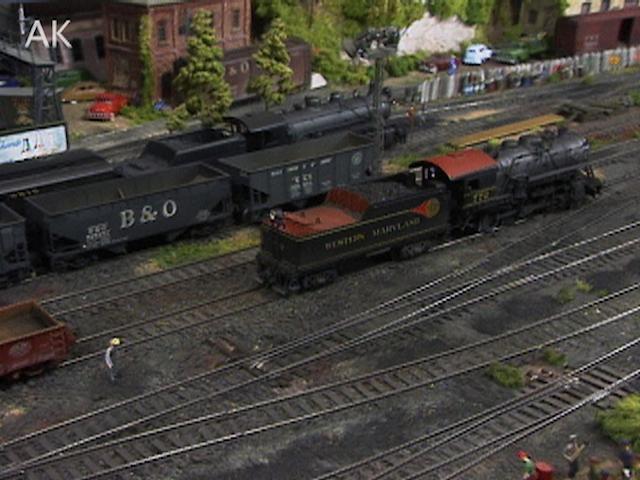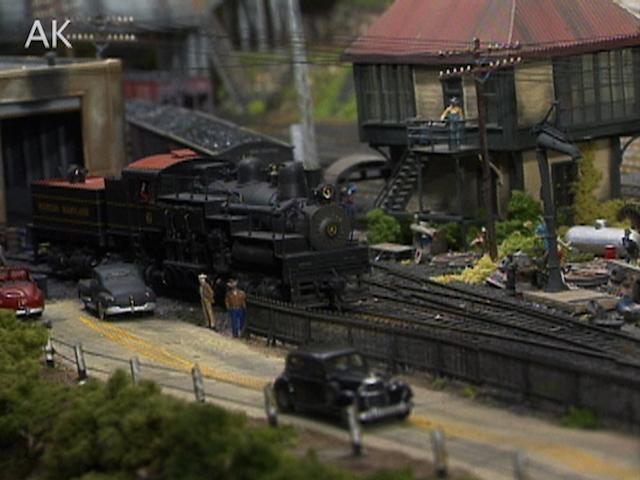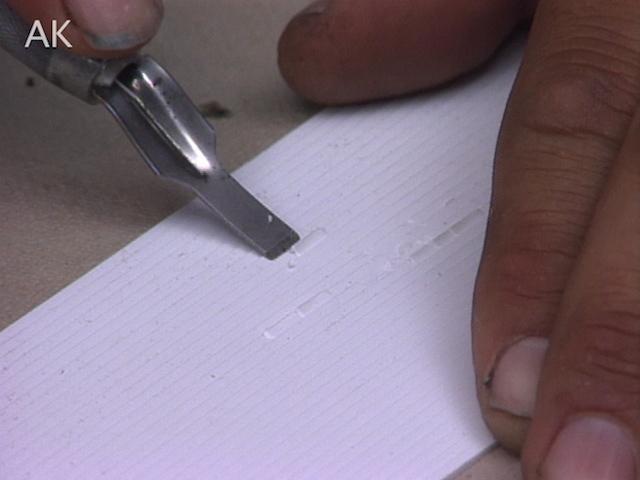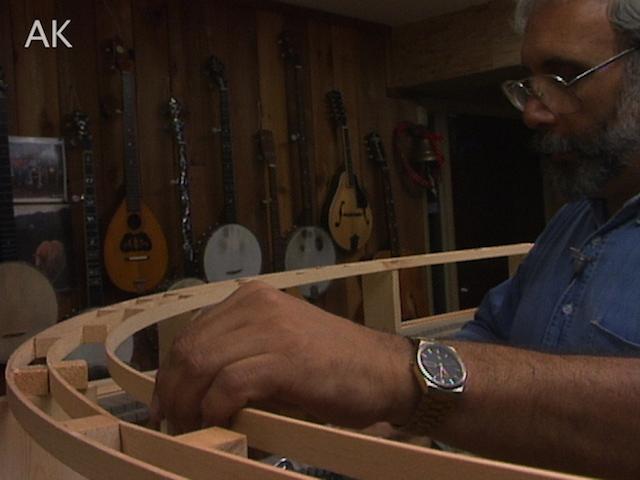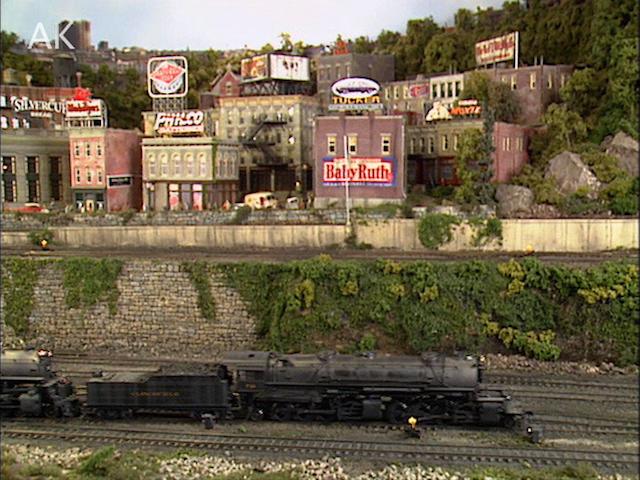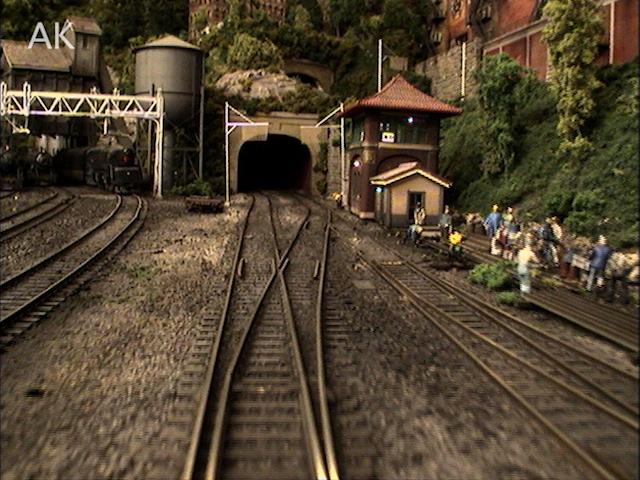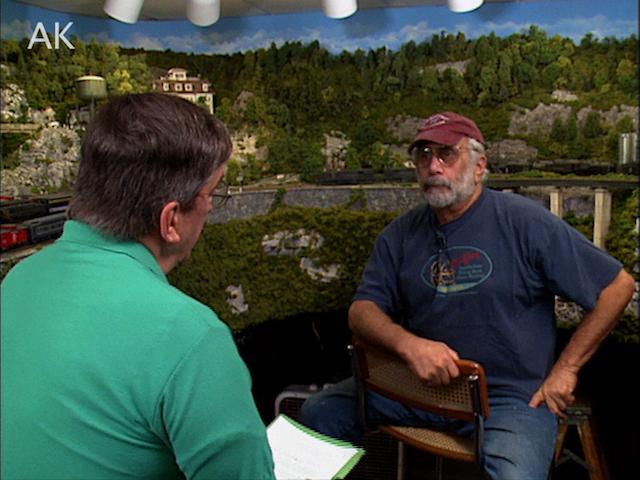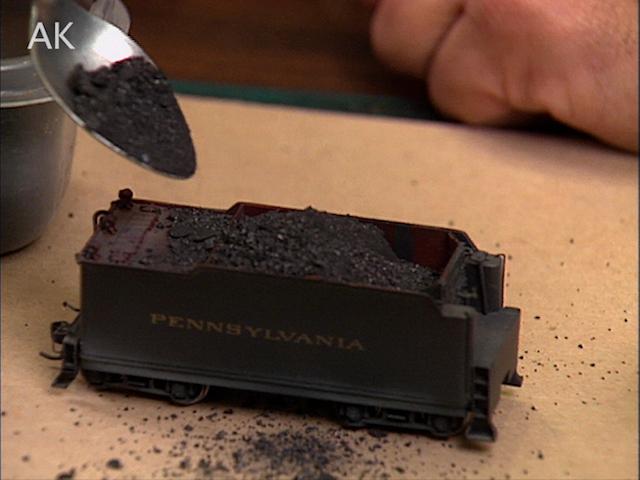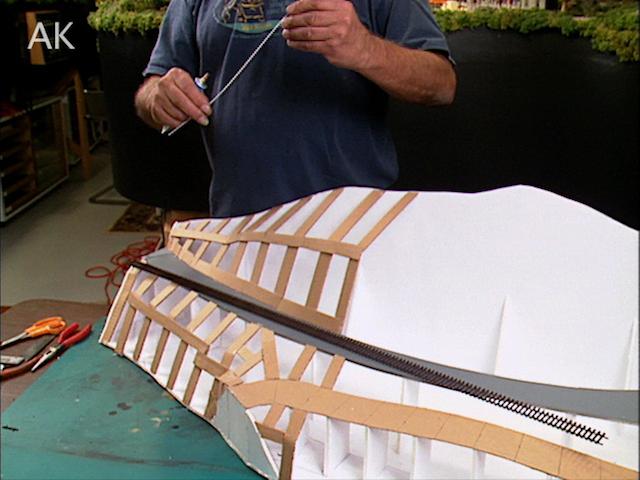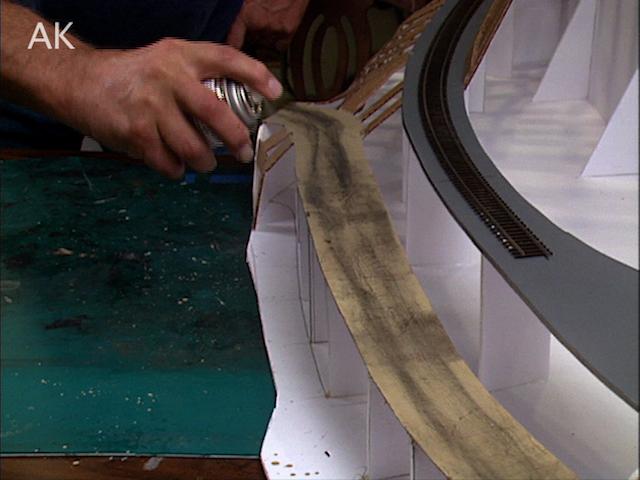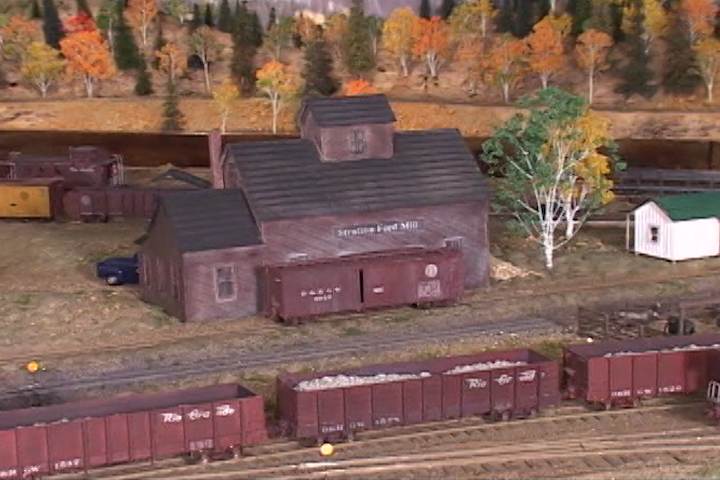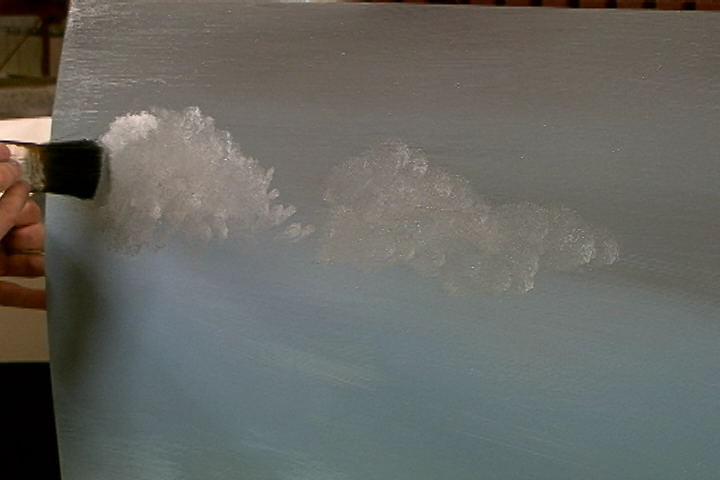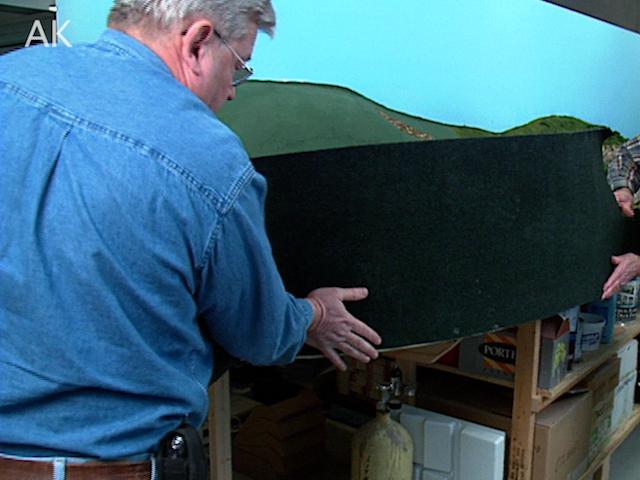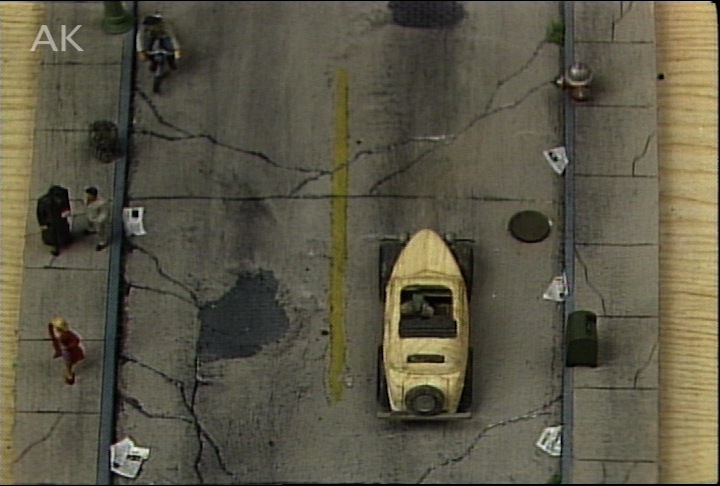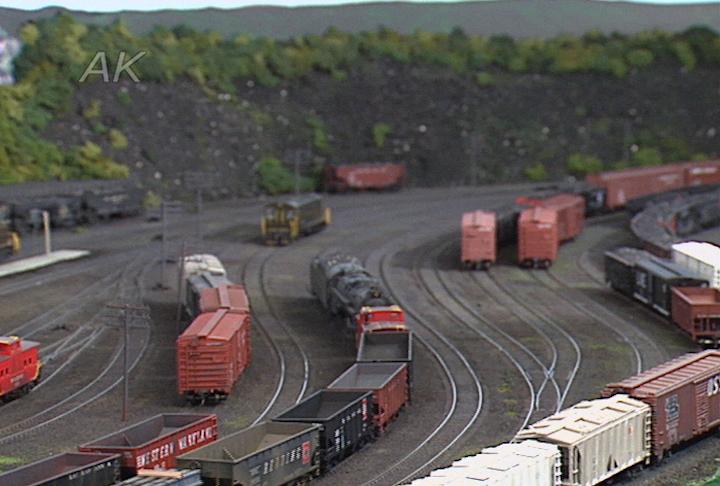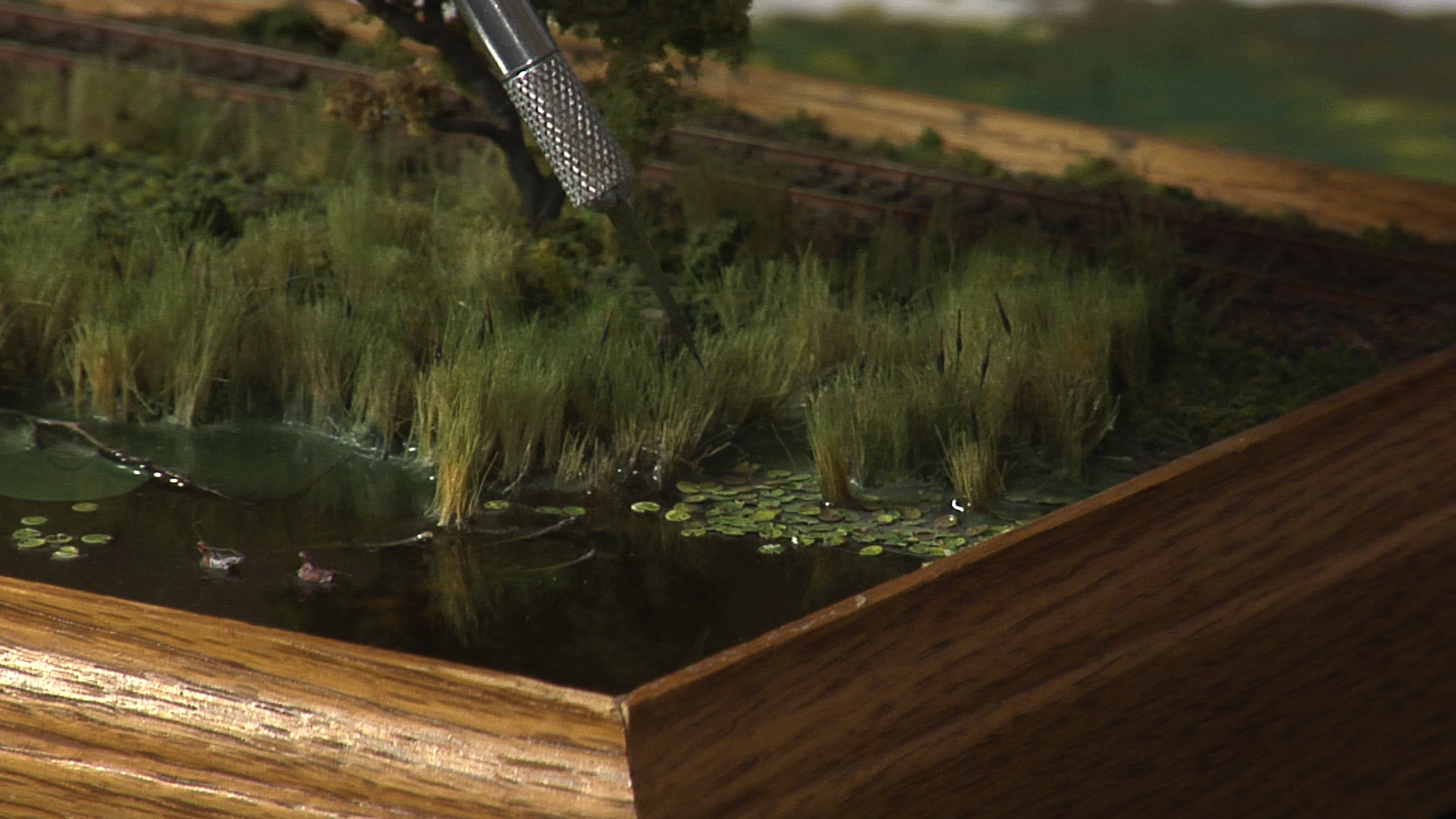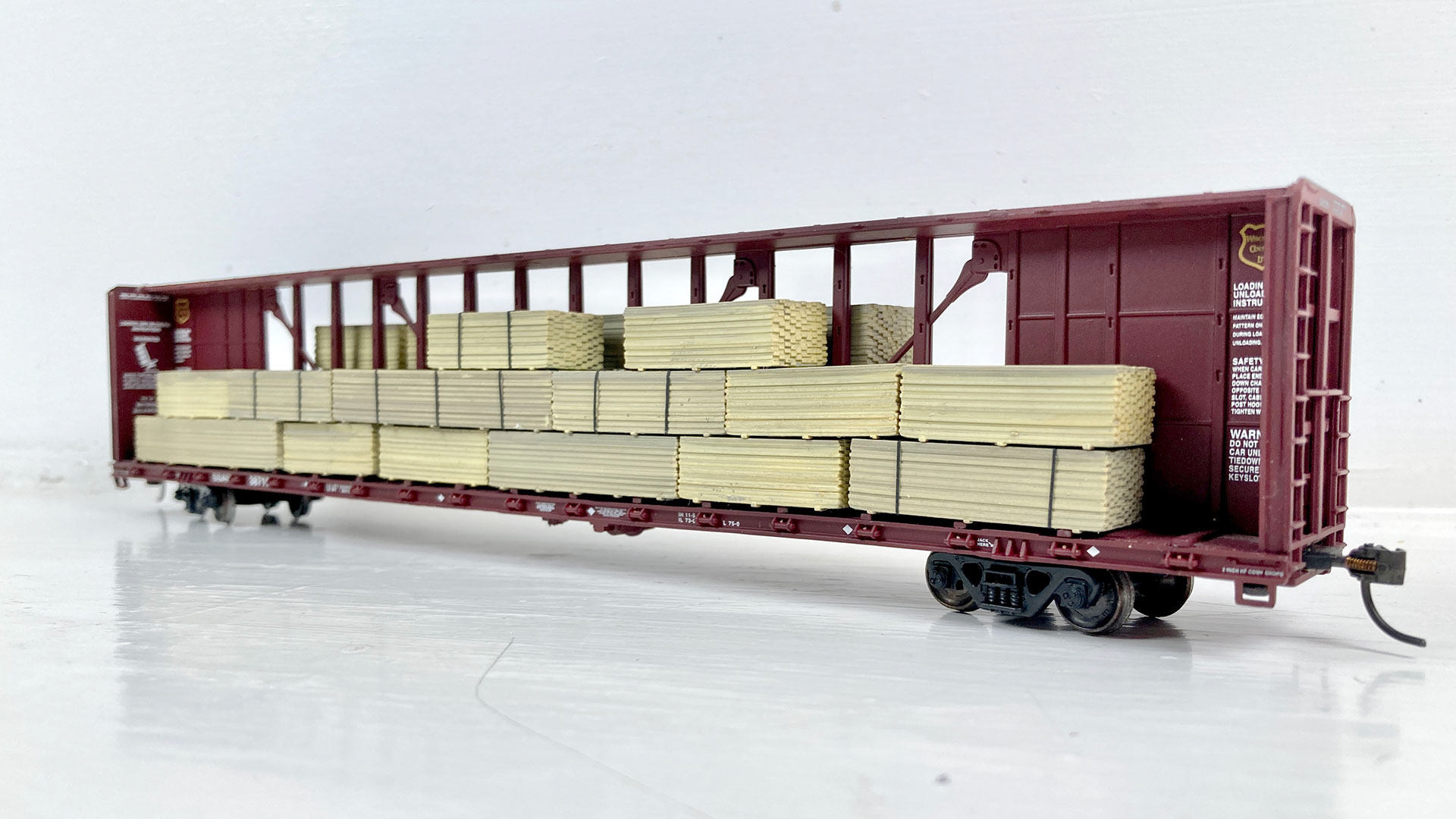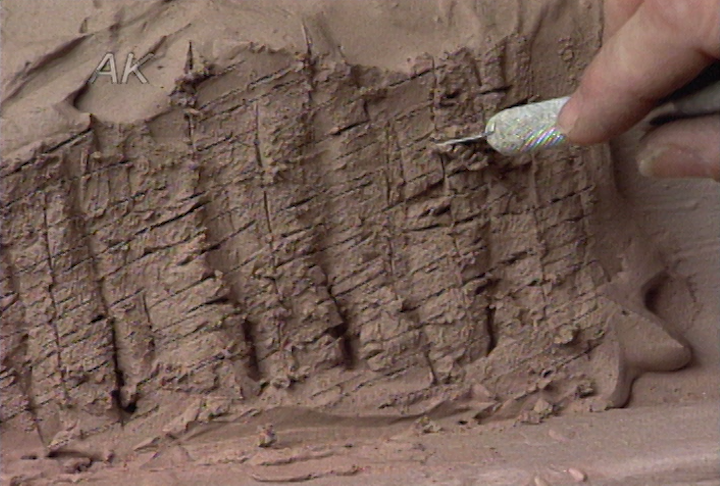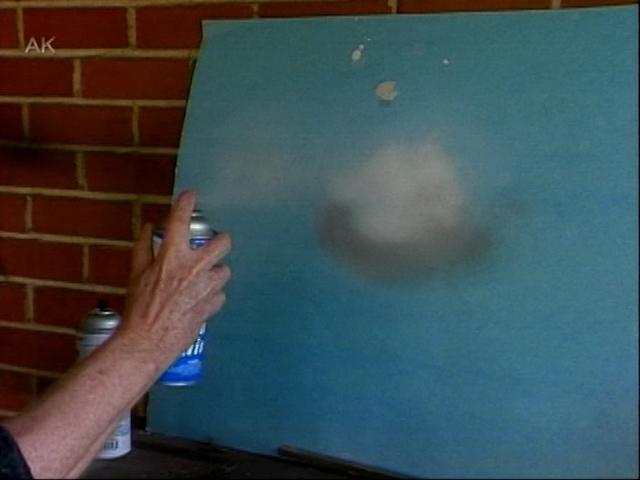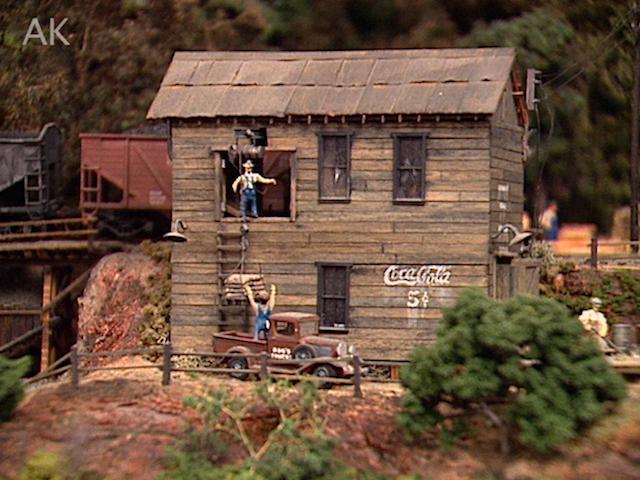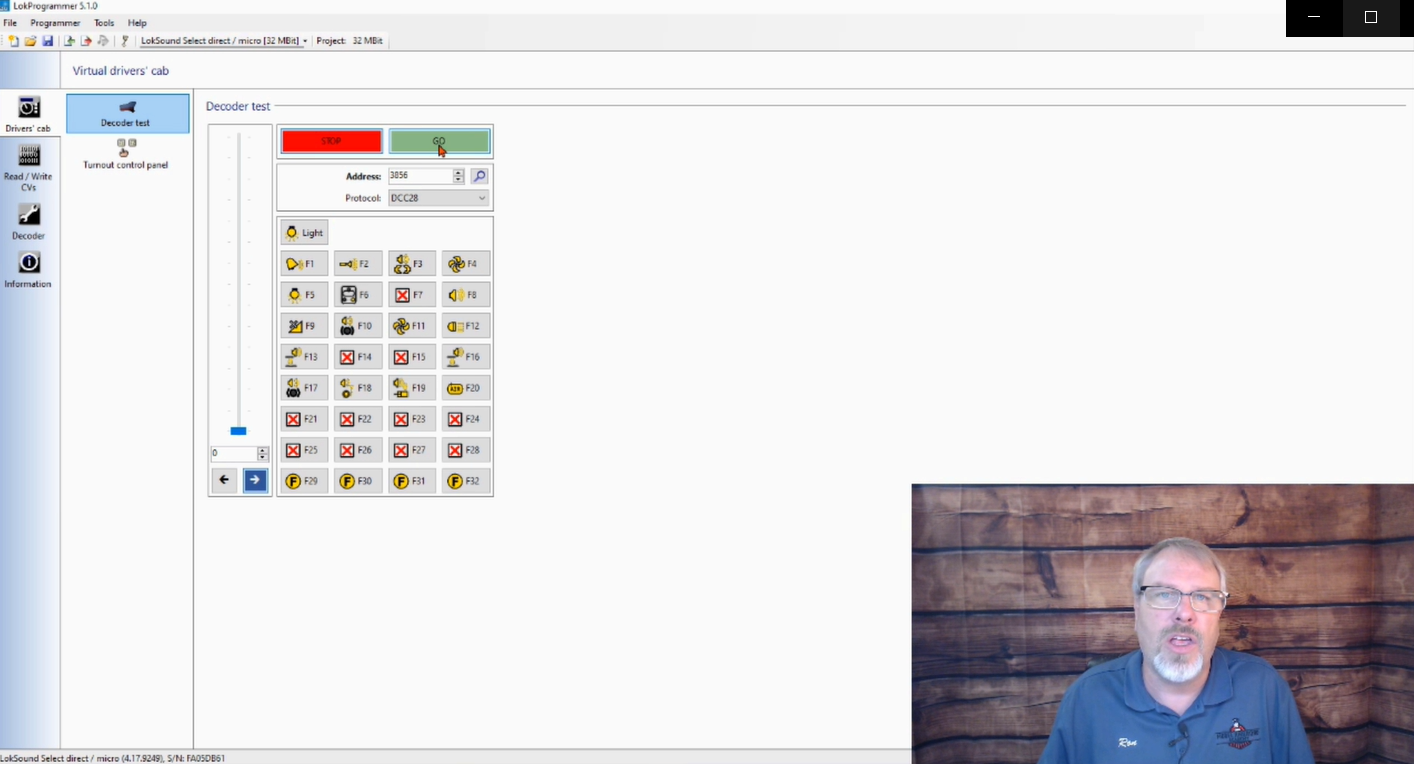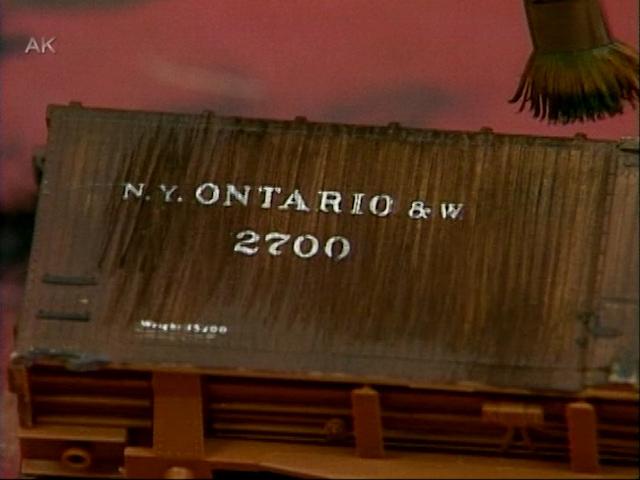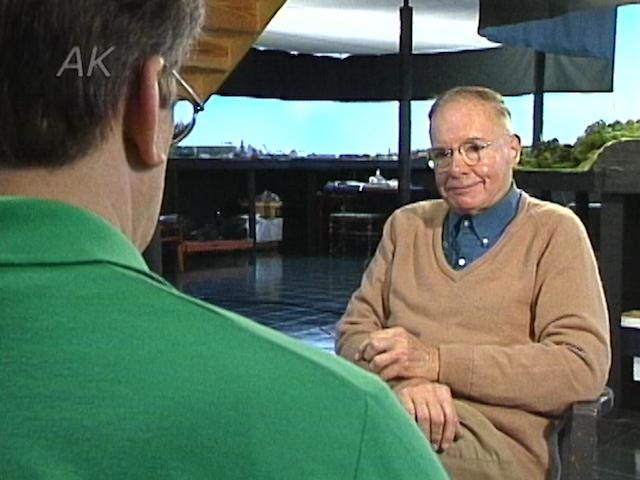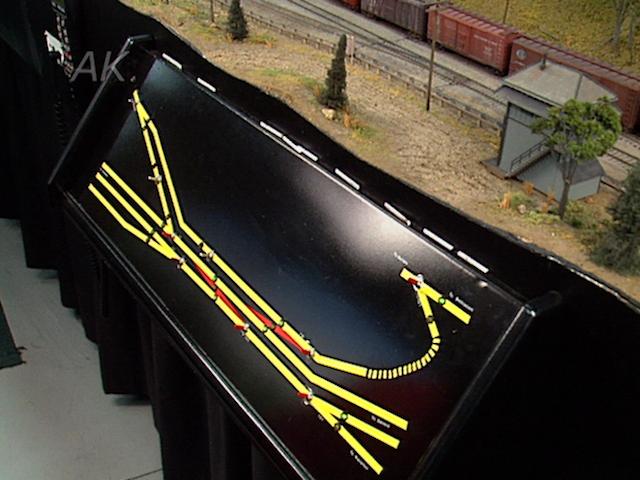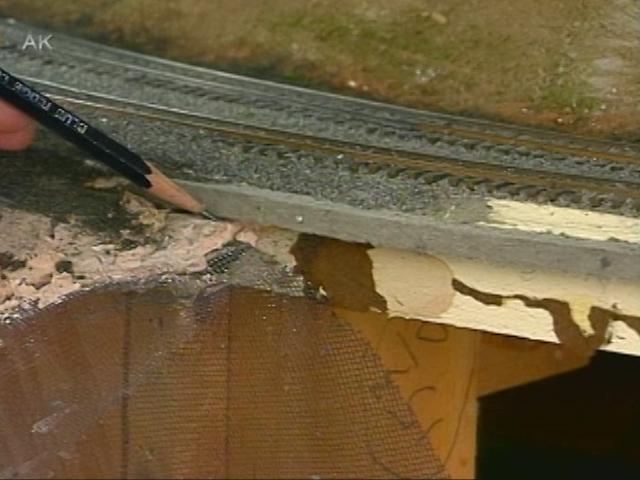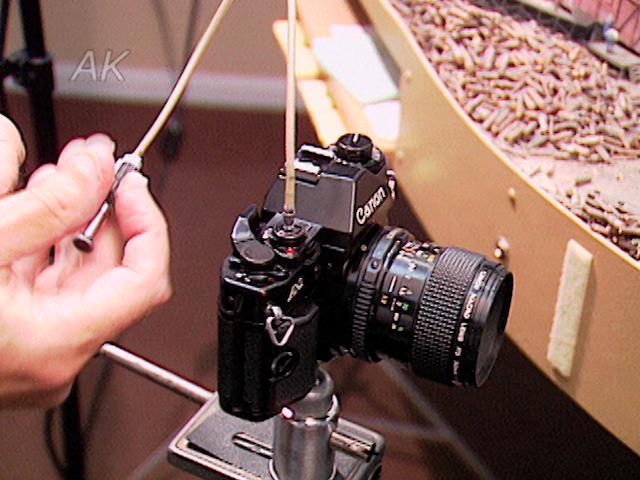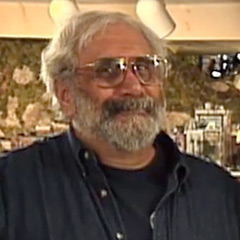
Creating Concrete Roads with Howard Zane
Howard ZaneFor his cardboard concrete roads, Howard Zane uses cardboard found at any print shop. First he freeforms the shape of his road, in this instance a 2 ½ inch narrow road commonly found in Virginia. Next he cuts the road out using a scissors or X-acto blade. With the road cut out, the next step is to add the concrete joint lines. He uses a ruler to measure about every two inches along the road. He scribes the joint lines in with a number 11 blade and also uses the same technique to add in irregular cracks in the road.
The road has been glued down to the gator board risers with hot glue. The next step is to seal the road with Elmer’s full strength white glue. When this dries there will be a perfect seal and will almost look like concrete with the color of the cardboard showing through the glue.
The next step is to smooth out the glue using a fine emery paper. He paints the road using a Polly S aged concrete paint. For powdered charcoal for weathering, he takes a pastel stick and grates off a fine powder using a blade. He applies this lightly with a dry brush to the road for a nice weathered patina that highlights the cracks he made in the road. The final step is a flat finish spray to seal it all in. When this dries flat, it will look just like a concrete road.
Allen Keller goes on to ask Howard how he got into HO scale modeling. There is a specific story for this that has to do with his honeymoon. Curious? Watch the full video to learn more. Watch more from Allen Keller’s Great Model Railroad series and more on creating roads using joint compound.
Explore videos by Howard Zane
You may be interested in
Premium Membership
Unlock exclusive member content from our industry experts.
- 24/7 Access to Premium Model Railroading Videos, Projects, and Tips
- Step-by-Step Instructional Guides & Layout Plans
- 50% Off Video Downloads Purchased in the Model Railroad Academy Shop
- Access to Ask the Expert Program
Unlock exclusive member content from our industry experts.
- 24/7 Access to Premium Model Railroading Videos, Projects, and Tips
- Step-by-Step Instructional Guides & Layout Plans
- 3 Full-Length Video Downloads to Watch Offline
- 50% Off Video Downloads Purchased in the Model Railroad Academy Shop
- Access to Ask the Expert Program
Gold Membership
$326 Value
Get everything included in Premium plus exclusive Gold Membership benefits.
- 24/7 Access to Premium Model Railroading Videos, Projects, and Tips
- Step-by-Step Instructional Guides & Layout Plans
- 9 Full-Length Video Downloads to Watch Offline
- 2 Full-Length Classes to Keep for Life
- 2 Downloadable Guides
- Discounts on Purchase-to-Own Content in the Model Railroad Academy Shop
- Access to Ask the Expert Program
- Exclusive GOLD LIVE Streaming Events


